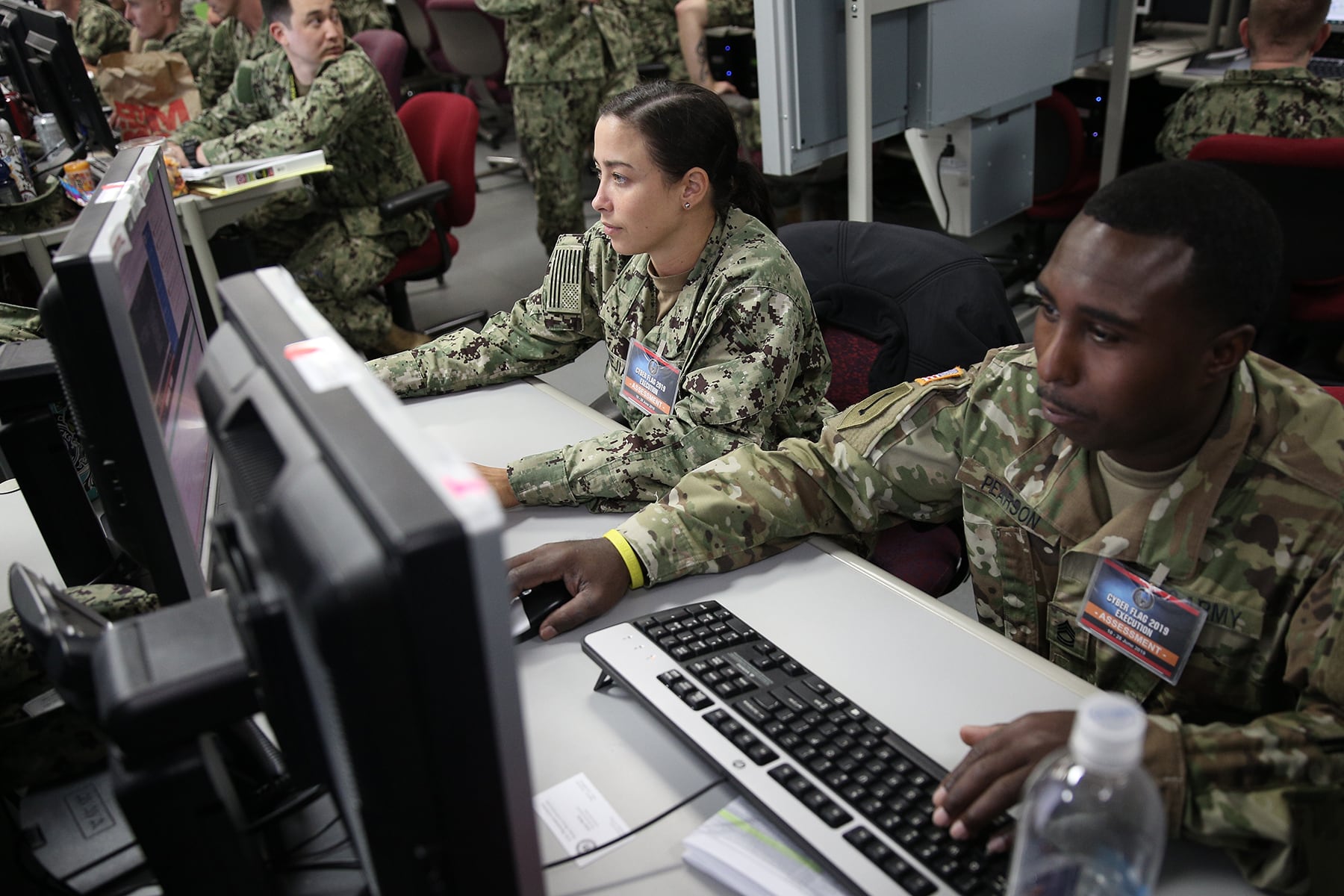WASHINGTON — U.S. Cyber Command asked Congress for an additional $62 million to harden Department of Defense networks as part of its unfunded priorities that didn’t make it into the command’s fiscal 2022 budget request.
A copy of the list obtained by C4ISRNET showed that Cyber Command noted the recent SolarWinds intrusion of various government networks in its request for money to help the DoD secure its own networks and respond to malicious cyber actions. The item topped a list of four unfunded priorities totaling $93.4 million.
The DoD has said that the vast SolarWinds breach of federal and business networks, attributed to the Russian foreign intelligence service, did not affect its own systems.
“I ask your committee to support these priorities … to help us strengthen military readiness and alliances, secure the homeland from cyberspace attack and advance national interests,” Gen. Paul Nakasone, commander of Cyber Command wrote in the proposal.
Cyber intrusions and ransomware incidents are rising to epidemic status, according to some cybersecurity analysts, leading the federal government to prioritize response efforts.
In fact, the largest slice of the Pentagon’s $10 billion cyber request asked for $5.6 billion to protect IT systems.
Cyber Command’s No. 2 unfunded priority is $23.3 million for cyber training. The command, through service acquisition executives, is building an online training system called the Persistent Cyber Training Environment, which allows forces to conduct individual and collective training as well as mission rehearsal.
The other two items listed are $3.2 million for human intelligence to help the command build an organic intelligence capability to access strategic targets and $4.8 million for acquisition personnel.
Cyber Command has worked for several years to establish an acquisition structure with Congress, which in 2016 authorized limited purchasing authority described as a crawl, walk, run approach to ensure the young command could get the plan up and running.
In the most recent annual defense bill, Congress eliminated the $75 million acquisition cap on Cyber Command and enhanced the commander’s authority to oversee programs and priorities. However, the services still run major programs on behalf of the command and joint cyber mission force.
The $4.8 million would go toward integrating the command’s Joint Cyber Warfighting Architecture, which guides its acquisition priorities. Congress and the nonpartisan Government Accountability Office gave the command poor marks for the architecture, citing integration and oversight problems. The command has since sought to assuage those concerns.
Defense News reporter Joe Gould contributed to this report.
Mark Pomerleau is a reporter for C4ISRNET, covering information warfare and cyberspace.








